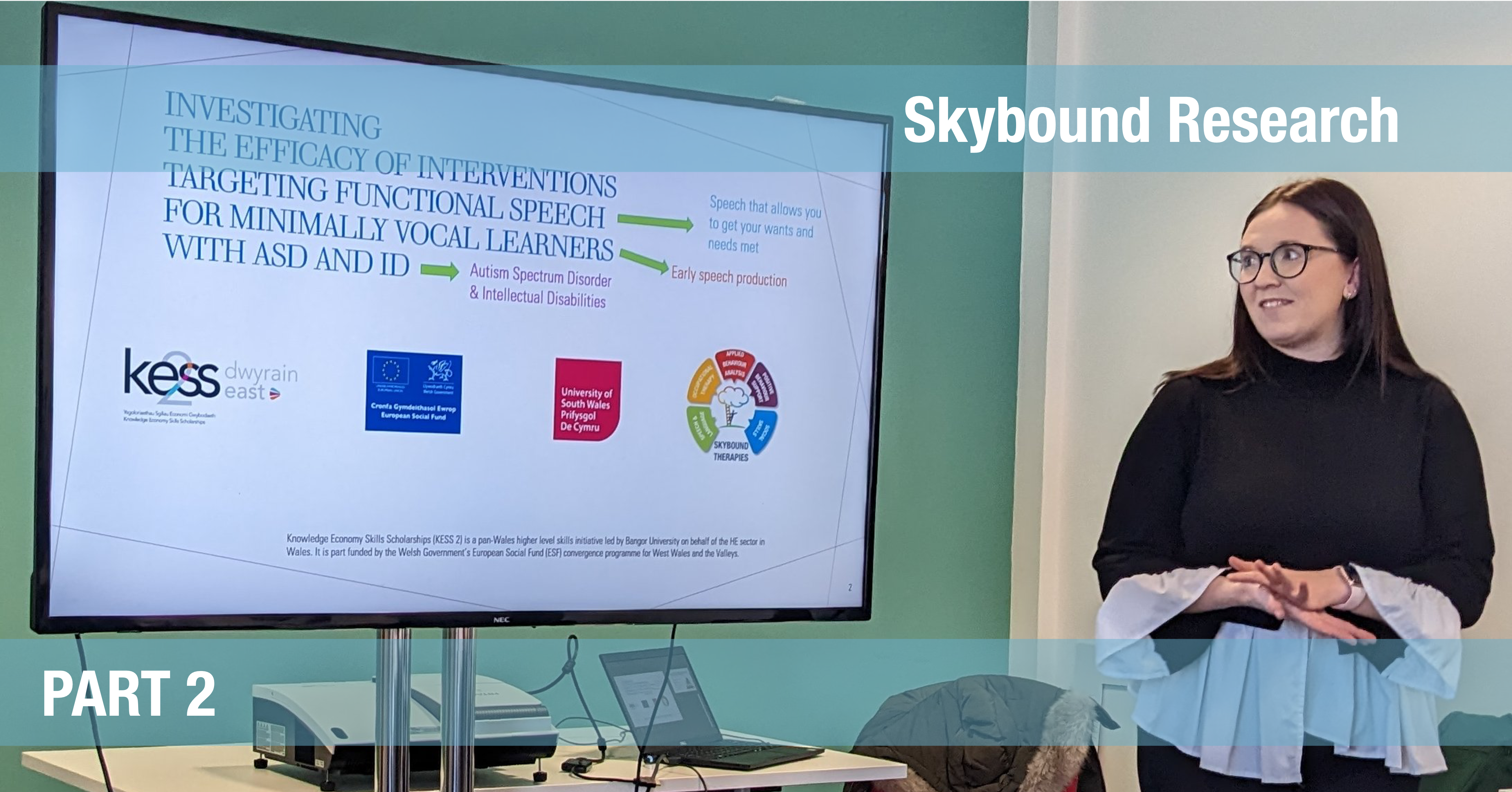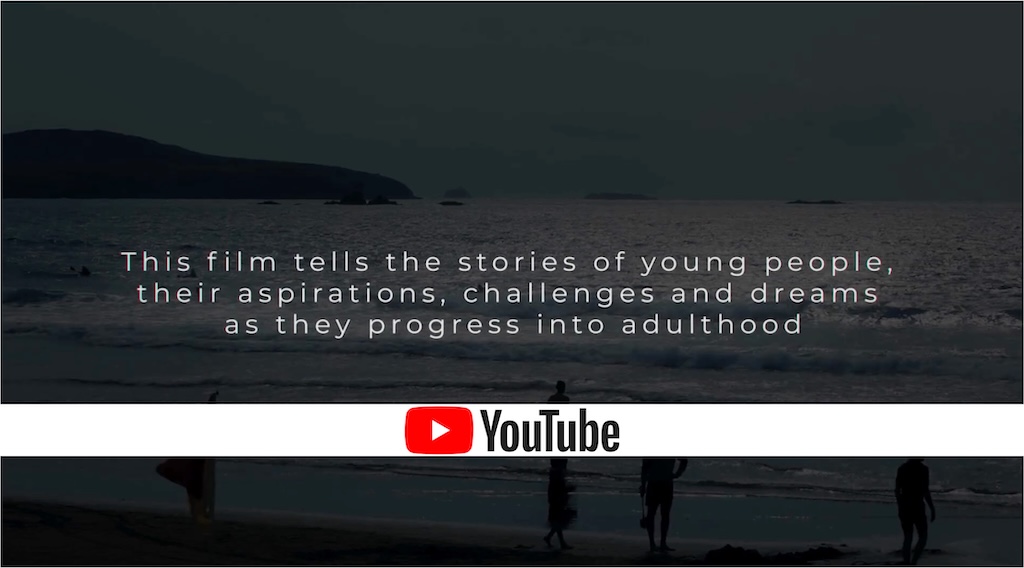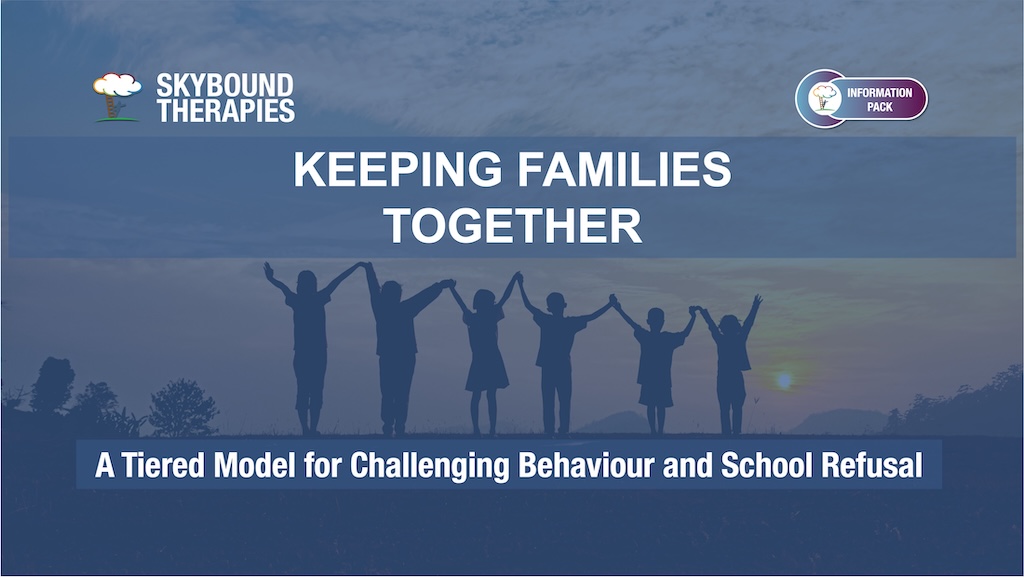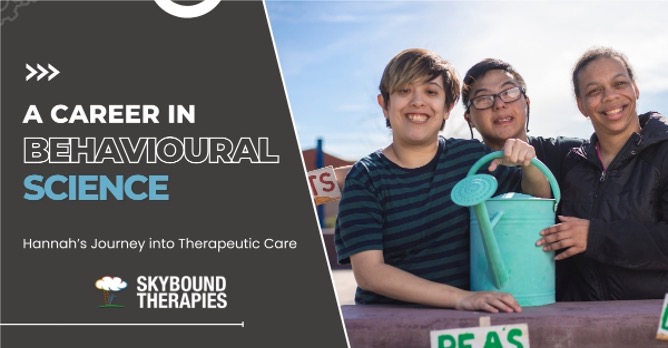Skybound Research Series – Part 2
Hey there, it’s Sophie here again! Officially finished as a PhD student and officially part of the Skybound family now – a Skybounder at last! 🎉 I’m still working in the background, wrapping up the PhD whilst practicing as a BCBA. In this blog, I want to dive into the nitty-gritty of the speech development research we’ve been busy with over the past three years, helping non-verbal children to find their voice. I’ll share projects, the highs, the lows, and what I’m aiming for with this research.
Exploring the Importance of Speech Development
First off, let’s talk about speech. I hinted at why I leapt into this project in the last blog, but let’s get into why developing speech is so important. There are some fantastic alternative communication methods out there, no doubt. Sign language, AAC devices, PECS, systems on tablets, they all play a vital role. But they do come with limitations. For instance, sign language is fantastic and very portable, but not everyone understands it. AAC devices? Super handy, but they can’t go everywhere (definitely not in a swimming pool). If they’re left behind or run out of charge, then the user has lost their voice. Research suggests that even developing a few sounds can make a positive impact. So, let’s get those vocalisations going, whether it’s single sounds, blending a couple of sounds together, single words or forming sentences. A few sounds can open up a world of communication possibilities. Especially if combined with another form of communication to support a wider vocabulary or more complex communication.
Literature and Systematic Reviews
Now, onto the research. The PhD journey kicked off in the midst of the first COVID-19 lockdown, so no on-site visits to Skybound initially to observe interventions. Instead, I concentrated on the literature and systematic reviews that had synthesised research focusing on speech interventions for individuals with developmental and intellectual disabilities. Surprisingly, each review had its unique take, leaving me questioning what a quality “systematic” review should look like. Cue a deep dive into evaluating the quality of these reviews – important, considering practitioners rely on them. If the review is not done to a high standard, bias may have been introduced at some point, thus impacting the results. I was lucky enough to present my findings in Denver in May!
Project Design and Implementation
As lockdowns eased, we started designing a project to evaluate a speech intervention blending behaviour analysis with TalkTools. Promising results at Skybound in increasing oral motor movement and speech production needed the research spotlight. Choosing the right setting and research design were challenges, but a clinical service interested in TalkTools opened its doors for us. It was a setting where the intervention could be consistently implemented.
We then had to consider what we were going to be measuring, when we could do this, how the intervention would be implemented and how often this would be done. We also had to consider the duration of the intervention and as the setting was clinical service, we had to consider the holidays and the impact this would have on the data we could collect.
We decided on some pre-intervention assessments that allowed us to measure speech sound inventory, oral motor abilities, motor imitation, stability of the jaw, and fluency of oral motor movements. We took these assessments before we started taking any data and also at the end of the intervention to see if there had been any changes. Our primary measure was individualised to each person. The measure consisted of 10 speech sounds that we selected based on the pre-intervention assessments. We then tested these 10 sounds each week to monitor any progress in speech sound production. As this research is the first to systematically evaluate this intervention as far as we know, it was also important to measure the feasibility of doing research on this intervention. We were interested in the rate of participant drop out, how well the intervention was implemented, the number of sessions that were conducted across participants, and how the individuals responded to the intervention.
Pre-intervention assessments, individualised measures, and tracking progress – our research game was strong.
A Complex Intervention
Now, let’s talk complexity. This intervention isn’t one-size-fits-all. We tailored it based on pre-intervention assessments, tweaking programmes monthly to adapt to new skills learnt or required. We looked at the sounds the individual could already make, the oral motor movements they could do, and if there were any weaknesses. The intervention ran from November 2022 to July 2023, and I created resources – data sheets, programme sheets, and flowcharts – to support tutors navigating the complexity. We hope to turn these resources into a comprehensive guide for broader accessibility in the future.
Understanding the Broader Impact
Another project delved into TalkTools from the eyes of clinicians and parents. Social validity is key – an effective intervention should also be well-received to increase its likelihood of being implemented. Interviews with parents and clinicians were a new territory for me, but the insights gained were invaluable. I was really nervous to start the interviews as I wanted parents to feel comfortable enough to talk to me about a subject that might be difficult for them to open up about. As soon as I started and got to know my questions inside out, the interviews became much more informal and relaxed. I thoroughly enjoyed this type of research, and I am so grateful to the parents who spoke to me about their experience with TalkTools and the impact it has had on their children and families as a whole. I am also very grateful to the clinicians who shared their wide-ranging experiences with me. TalkTools proved adaptable, aiding not just speech but also skills like feeding.
So, there’s still data to collect, analysis to do, and tons of writing ahead. I’m excited to apply what I’ve learned with Skybound, helping clients on this fantastic journey. Stay tuned for more updates and results!
Catch up on part one here.
Find out more about Speech and Language Therapy at Skybound here.





